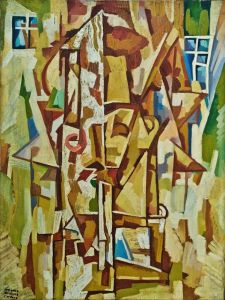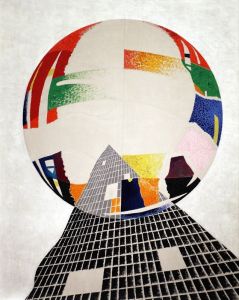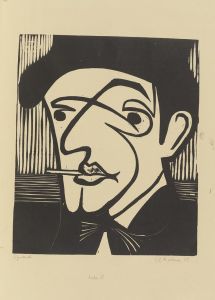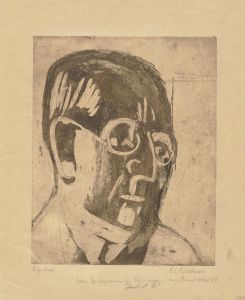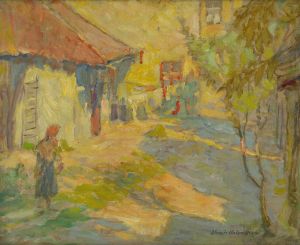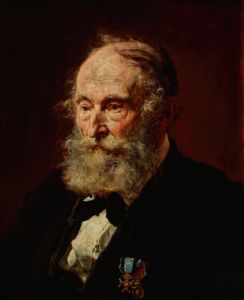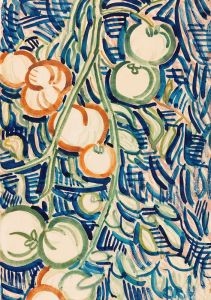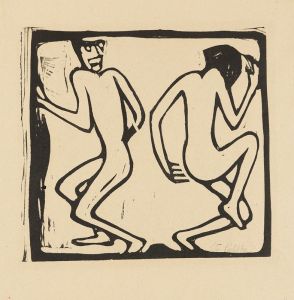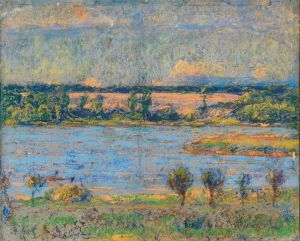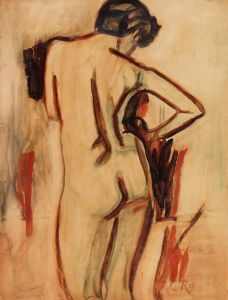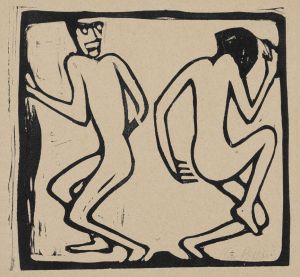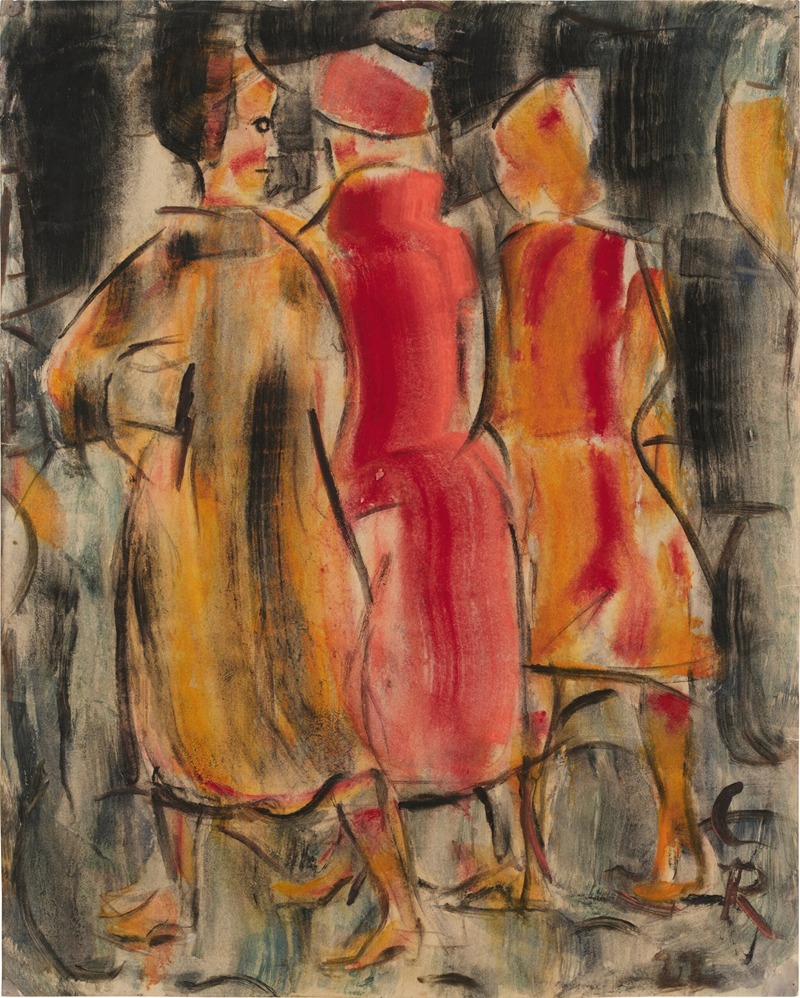
Drei Frauen auf der Straße
A hand-painted replica of Christian Rohlfs’s masterpiece Drei Frauen auf der Straße, meticulously crafted by professional artists to capture the true essence of the original. Each piece is created with museum-quality canvas and rare mineral pigments, carefully painted by experienced artists with delicate brushstrokes and rich, layered colors to perfectly recreate the texture of the original artwork. Unlike machine-printed reproductions, this hand-painted version brings the painting to life, infused with the artist’s emotions and skill in every stroke. Whether for personal collection or home decoration, it instantly elevates the artistic atmosphere of any space.
Christian Rohlfs was a German painter associated with the Expressionist movement, known for his vibrant use of color and dynamic compositions. One of his notable works is "Drei Frauen auf der Straße" (Three Women on the Street), which exemplifies his mature style and thematic focus.
"Drei Frauen auf der Straße" was created during a period when Rohlfs was deeply engaged with the Expressionist movement, which was characterized by its emphasis on representing emotional experiences rather than physical reality. This movement often employed bold colors, exaggerated forms, and dynamic compositions to convey the artist's subjective vision of the world.
The painting depicts three women walking on a street, a subject that Rohlfs approached with his characteristic expressive style. The figures are rendered with broad, sweeping brushstrokes and a vivid palette, capturing the energy and movement of the scene. The use of color is particularly striking, with contrasting hues that create a sense of depth and vibrancy. Rohlfs's technique reflects the influence of other Expressionist artists of the time, yet his work maintains a distinct individuality.
Rohlfs was born in 1849 in Groß Niendorf, Germany, and his career spanned several decades, during which he witnessed significant changes in the art world. Initially trained in a more traditional academic style, Rohlfs's work evolved significantly over time. He became increasingly interested in modernist approaches, eventually embracing Expressionism in the early 20th century. This shift is evident in "Drei Frauen auf der Straße," where the focus is on capturing the essence of the figures and their environment rather than adhering to realistic representation.
Throughout his career, Rohlfs was influenced by various art movements and artists. He was particularly inspired by the works of Vincent van Gogh and Edvard Munch, whose use of color and emotional intensity resonated with his own artistic sensibilities. Rohlfs's work also reflects the broader cultural and social changes occurring in Germany during his lifetime, including the impact of industrialization and urbanization.
"Drei Frauen auf der Straße" is a testament to Rohlfs's ability to convey complex emotions and narratives through his art. The painting invites viewers to engage with the scene on an emotional level, encouraging them to consider the relationships between the figures and their surroundings. This focus on emotional resonance is a hallmark of Rohlfs's work and a defining characteristic of the Expressionist movement.
Christian Rohlfs continued to paint and exhibit his work until his death in 1938. His contributions to the Expressionist movement and his unique approach to color and form have left a lasting impact on the art world. Today, Rohlfs is recognized as one of the key figures in German Expressionism, and his works, including "Drei Frauen auf der Straße," are celebrated for their emotional depth and artistic innovation.





